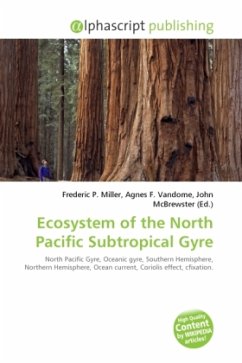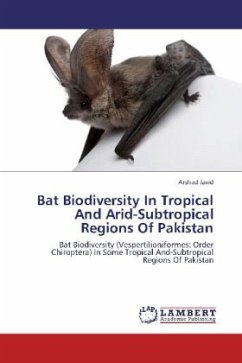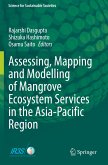The North Pacific Subtropical Gyre (NPSG) is the largest contiguous ecosystem on earth. In oceanography, a subtropical gyre is a ring-like system of ocean currents rotating clockwise in the Northern Hemisphere and counterclockwise in the Southern Hemisphere caused by the Coriolis Effect. They generally form in large open ocean areas that lie between land masses. The NPSG is the largest of the gyres as well as the largest ecosystem on our planet. Like other subtropical gyres it has a high-pressure zone in its center. Circulation around the center is clockwise around this high-pressure zone. Subtropical gyres make up 40% of the Earth s surface and play critical roles in carbon fixation and nutrient cycling (Poretsky, 2009). This particular gyre covers most of the Pacific Ocean and comprises four prevailing ocean currents: the North Pacific Current to the north, the California Current to the east, the North Equatorial Current to the south, and the Kuroshio Current to the west. Its large size and distance from shore has caused the NPSG to be poorly sampled and thus poorly understood (Karl, 1999).







